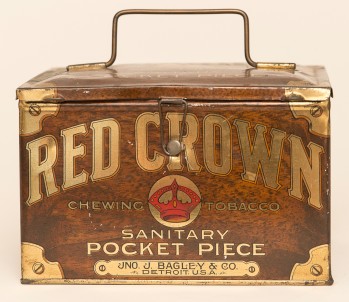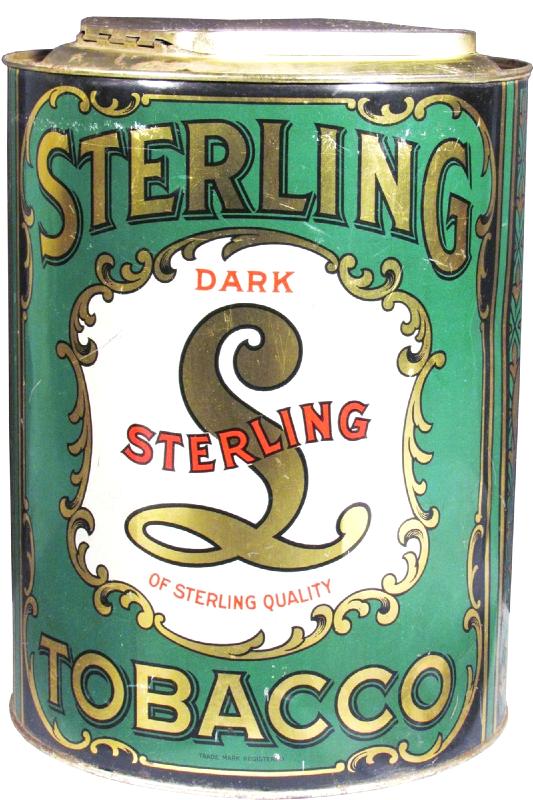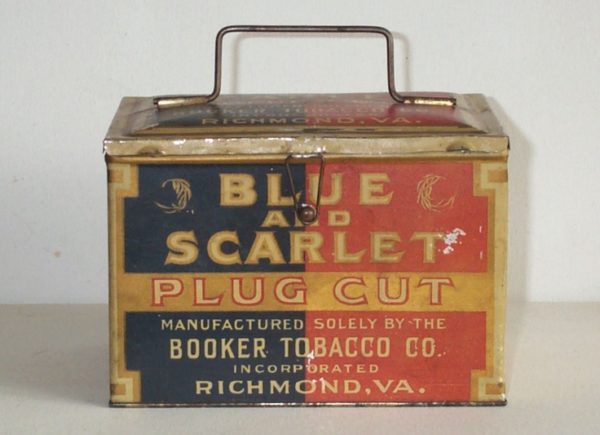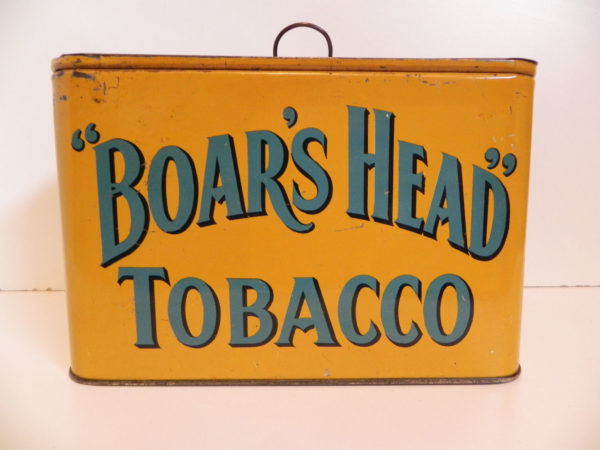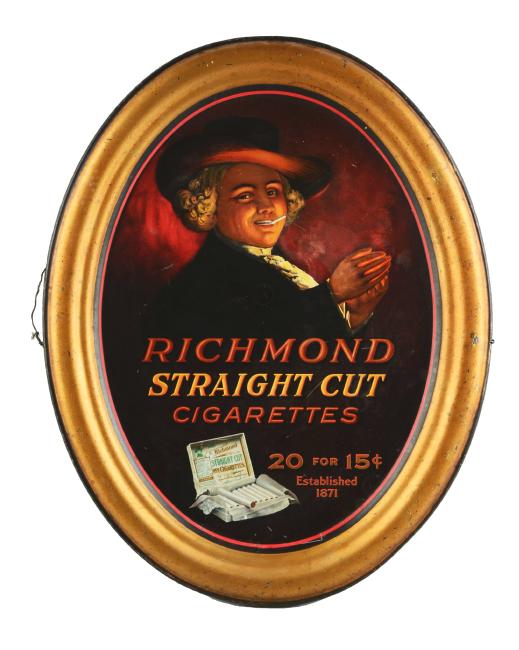
Richmond Straight Cut Cigarette Self-Framed Tin Sign, Allen & Ginter, Richmond, VA. Ca. 1900
Richmond Straight Cut Self-Framed Cigarette Tobacco Sign from the Allen and Ginter Tobacco Company in Richmond, VA. Successor was The American Tobacco Co. Circa 1900.



